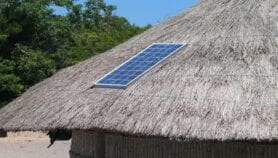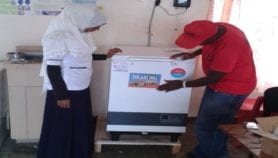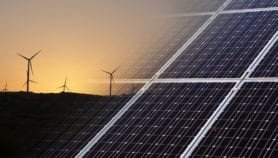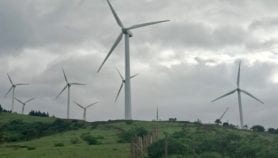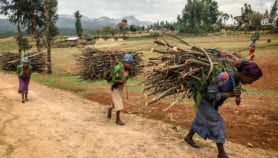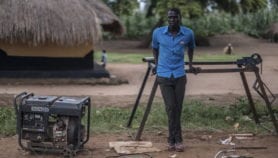09/07/21
Storm brews over South African ship-based energy plan
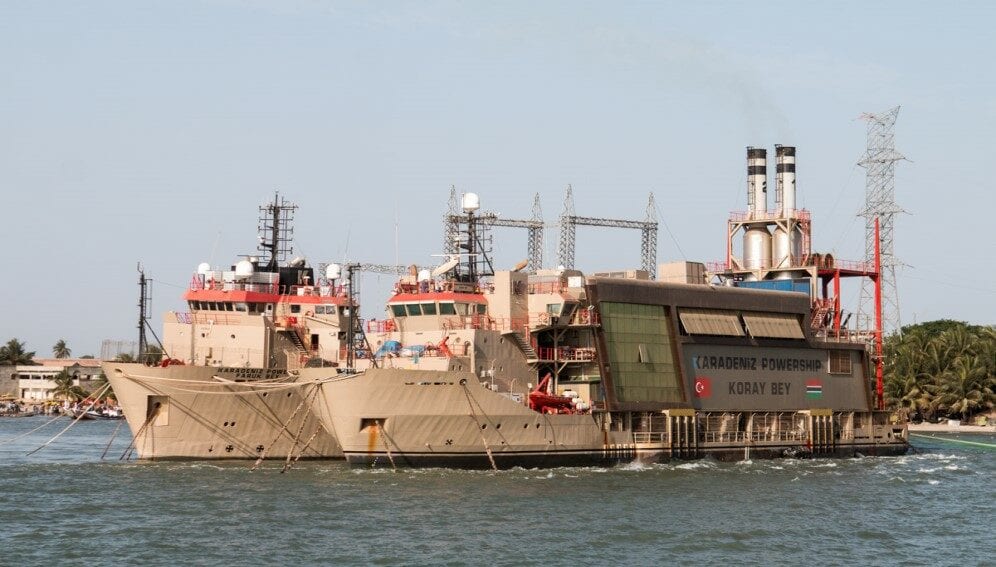
By: Laura Owings
Send to a friend
The details you provide on this page will not be used to send unsolicited email, and will not be sold to a 3rd party. See privacy policy.
[CAPE TOWN] A deal expected to be awarded to end South Africa’s continuing energy crisis could contribute to higher emissions and provide a short-term solution rather than a long-term one, experts say.
Globally, nearly 750 million people will lack access to electricity in 2050, with more than 95 per cent of them in Sub‐Saharan Africa, according to the International Energy Agency (IEA) in its Net Zero by 2050 report.
“Instead of renting out foreign-run power ships, which will ultimately leave us in 20 years’ time, we could be investing in infrastructure that would provide jobs.”
Thandile Chinyavanhu, Greenpeace Africa
South Africa is facing some of the worst blackouts on record. Research from the Pretoria-based Council for Scientific and Industrial Research (CSIR), shows these rolling blackouts amounted to 530 hours without power in 2019 and cost the economy between R60 and R120 billion.
On 19 March, Karpowership, a company that owns ship-mounted power plants, was revealed as a preferred bidder by South Africa’s Department of Mineral Resources and Energy to provide 1,220 megawatts of energy under the Risk Mitigation Independent Power Producer Procurement Programme (RMI4P).
In the deal, Karpowership would supply South Africa with five power ships operating on liquified natural gas from 2022 to 2042 at a cost of 218 billion South African rand (about US$13.3 billion).
“The idea behind the RMI4P is to get power … to stop load shedding [blackouts] and give us enough time to launch the long-term infrastructure procurements and investments needed to have a sustainable energy supply,” says Lauren Hermanus, a doctoral candidate at the University of Cape Town in South Africa, and founder of Adapt, a sustainable development network.
“Gas is something that can be used to balance a renewable energy-based system, for example, where there is variability in the system due to reliance on sun or wind.”
However, Thandile Chinyavanhu, a climate and energy campaigner at Greenpeace Africa, finds the deal’s proposed 20-year contract problematic.
“That would lock us into a higher emissions trajectory until beyond 2040 without a clear plan for renewable energy procurement,” she says. “Instead of renting out foreign-run power ships, which will ultimately leave us in 20 years’ time, we could be investing in infrastructure that would provide jobs for South African youth.”
Over 41 per cent of South Africans aged 25-35 are currently without work, according to South Africa-based statistics agency Stats SA. Total unemployment in the country is at a record 7.2 million.
The potential environmental impact of the Karpowership deal is also concerning, says Liziwe McDaid, an energy advisor at non-profit organisation, The Green Connection. Investigations carried out by them revealed Karpowership’s environmental assessments lacked key data about its impact on local fishing and marine communities.
“From an environmental governance perspective, [the] government didn’t have the full information on the table that it needed when deciding to approve Karpowership,” she says.
Karpowership did not reply to emails from SciDev.Net for a response to these concerns.
A global shift to clean technology has been called for by the IEA, which urges governments to put “R&D, demonstration and deployment at the core of energy and climate policy”.
For Hermanus, however, this shift cannot be made without localising manufacturing as part of a green industrialisation strategy. “It has to pursue a path that is job-rich and with equitable economic development,” Hermanus says.This piece was produced by SciDev.Net’s Sub-Saharan Africa English desk.
More on Energy
Multimedia
African innovator turns plastic waste into liquid fuel
Francis Kantavooro has produced a locally assembled reactor that turns plastic waste into16/12/19









